PROTECT YOUR DNA WITH QUANTUM TECHNOLOGY
Orgo-Life the new way to the future Advertising by AdpathwayOctober gardening in USDA zones 6 through 8 means harvesting cool-season crops while planting new additions. It involves end-of-season maintenance and preparing beds to successfully overwinter, battening down the hatches as frost approaches.
While there’s plenty to do this month, the fall garden has a more relaxed feel as nature takes its course. The active growing season slows, plants prepare to take a respite, and gardeners can follow suit. But there’s still plenty to enjoy outside as the weather cools and leaves turn.
While early October days may remain mild and balmy, nights become chilly. Zone 6 looks at a mid to late month first frost, while zone 7 isn’t far behind. In zone 8, there are still weeks before the frost for cool-season growing.
One of the most exciting gardening opportunities this month is setting the foundation for the future garden. Expanding our collections with trees, shrubs, and perennials, and adding spring-flowering bulbs before the ground freezes, yields rewards after winter. And, October is a time to relish the autumn bounty, indoors and out, with the natural decoration the season brings.
Follow this checklist for all your October gardening tasks in zones 6 to 8.
Purple Coneflower Echinacea

Purple Coneflower Echinacea Seeds
Common Milkweed / Butterfly Flower

Common Milkweed / Butterfly Flower Seeds
Rocky Mountain Blue Penstemon

Rocky Mountain Blue Penstemon Seeds
The First Anticipated Frost
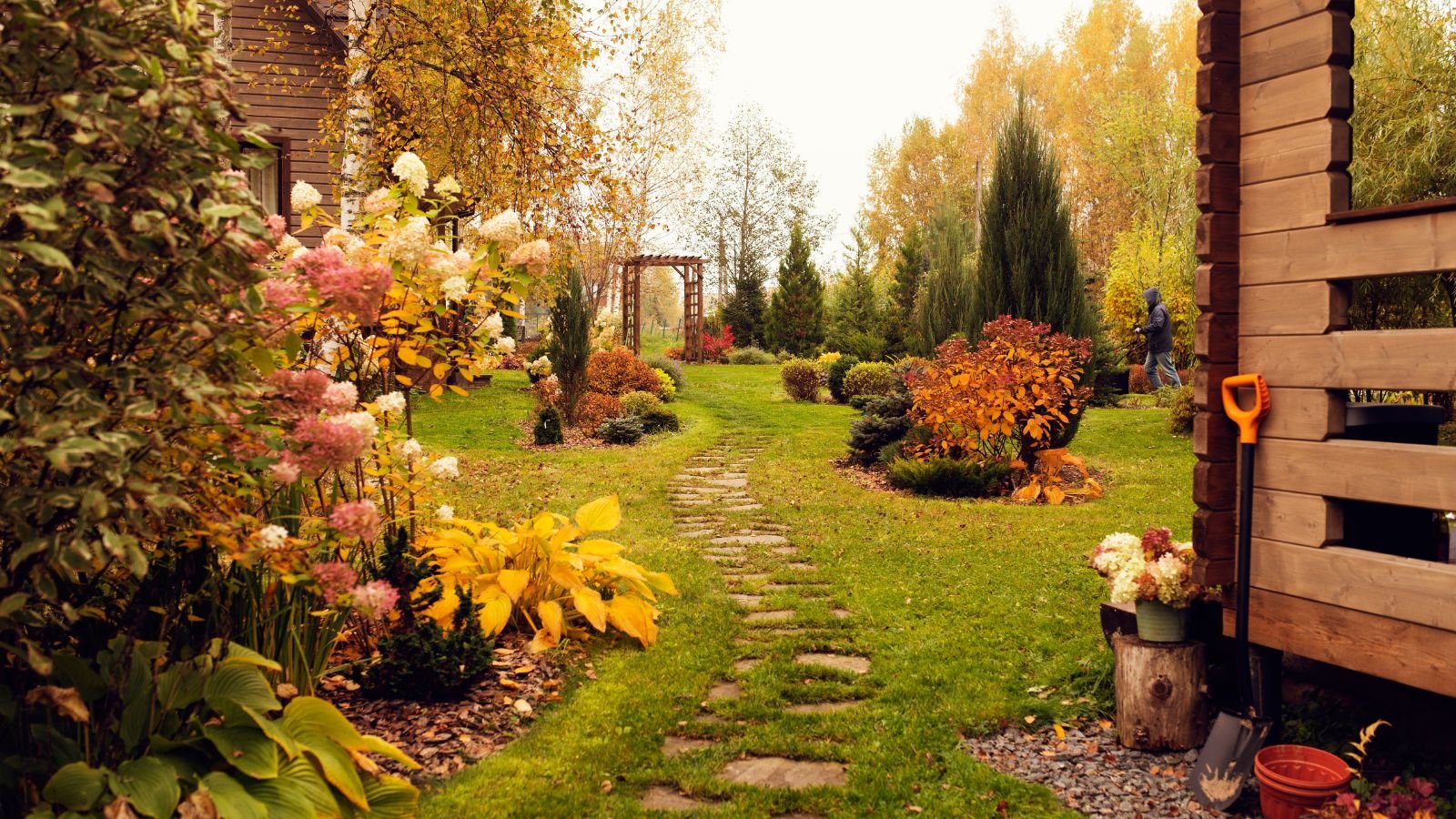 Frost will be arriving this month or early next month.
Frost will be arriving this month or early next month. Fall’s first anticipated frost serves as a guide for timing when to plant, harvest, and protect tender selections. Frost dates are estimates based on climate data and offer a scope of when heavy frost is likely. The dates don’t account for microclimate or specific site conditions, but are useful in timing when to sow, harvest, and protect sensitive specimens.
Many cool-season selections benefit from chilly conditions that lead up to the first frost, and frost-tolerant crops even sweeten with exposure. Frost-tender crops need harvesting before the frost arrives.
For gardeners in zone 6, get ready to pluck the pumpkins, as your first frost is fast-approaching. The cold weather makes leafy greens and root vegetables all the sweeter, so wait to harvest these until after a freeze. In zones 7 and especially 8, you still have some weeks to continue harvesting.
Estimated first frost dates:
- Zone 6: October 17-31
- Zone 7: October 29-November 15
- Zone 8: November 7-28
Cool Season Growing and Harvesting
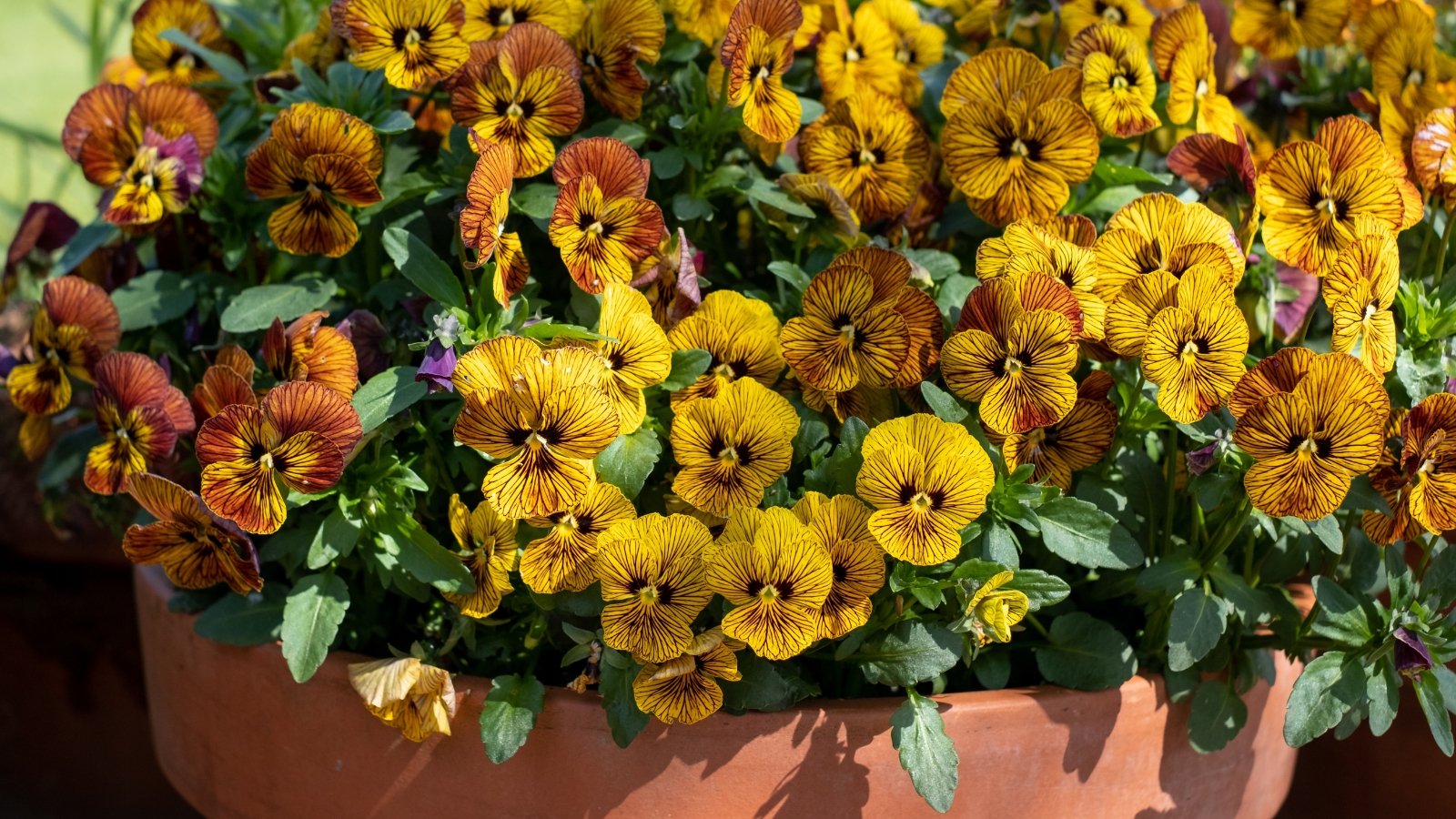 There is still time to grow some cool-season crops.
There is still time to grow some cool-season crops. October gardening for zones 6 to 8 includes plenty of harvesting. From the final rounds of warm-season harvests to continued cool-season yields (newly starting in zone 8), there’s plenty to enjoy. Now is the time to can, pickle, preserve, and store excess bounty. Clip herbs to dry and store for easy use over the winter.
Frost-tolerant crops withstand colder temperatures this month, though they need protection against heavy freezes and frigid conditions. In zones 6 and 7, consider extending the season well into November with floating row covers and frost cloth.
Consider row covers or a cold frame, whether in the ground or raised beds. They insulate the leaves, crown, and roots while still allowing access to sunlight and natural moisture, and expand the options for sowing hardy annuals, herbs, and vegetables, especially in zone 6.
Vegetables
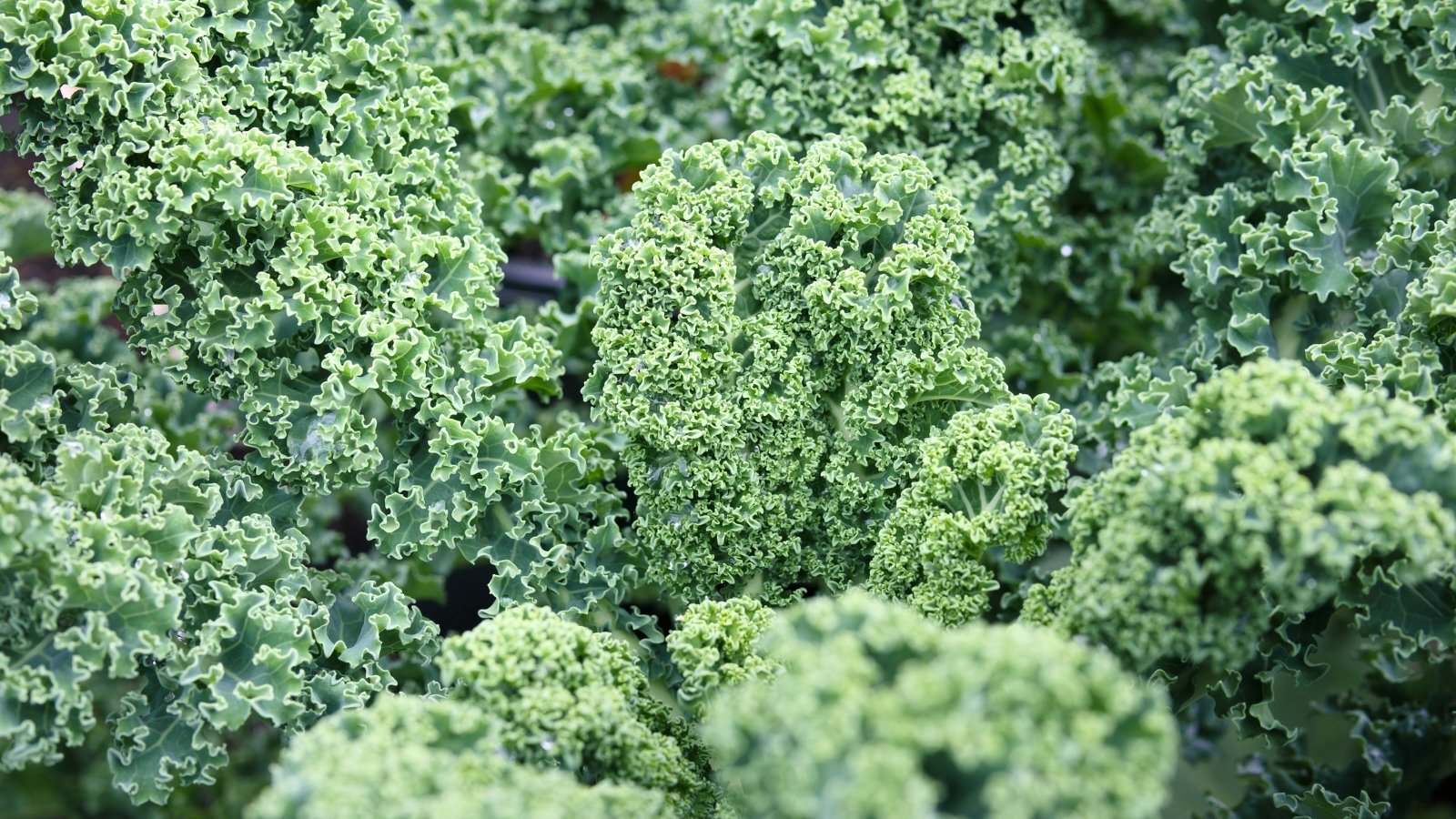 Sow cold-hardy leafy greens for a quick harvest.
Sow cold-hardy leafy greens for a quick harvest. Frost-tolerant crops include reliable Brassicas like cabbage, kale, and broccoli. Cold-hardy root vegetables like carrots, parsnips, turnips, and beets are staples of autumnal cuisine. They sweeten with frost as starches convert to sugars and store well over the winter.
Quick crops to plant for a cool-season harvest include:
- Lettuce
- Spinach
- Bok choy
- Kale
- Swiss chard
- Radishes
- Salad Turnips
It’s also garlic planting season. Install the bulbs while the soil is workable before the ground freezes.
Cover Crops
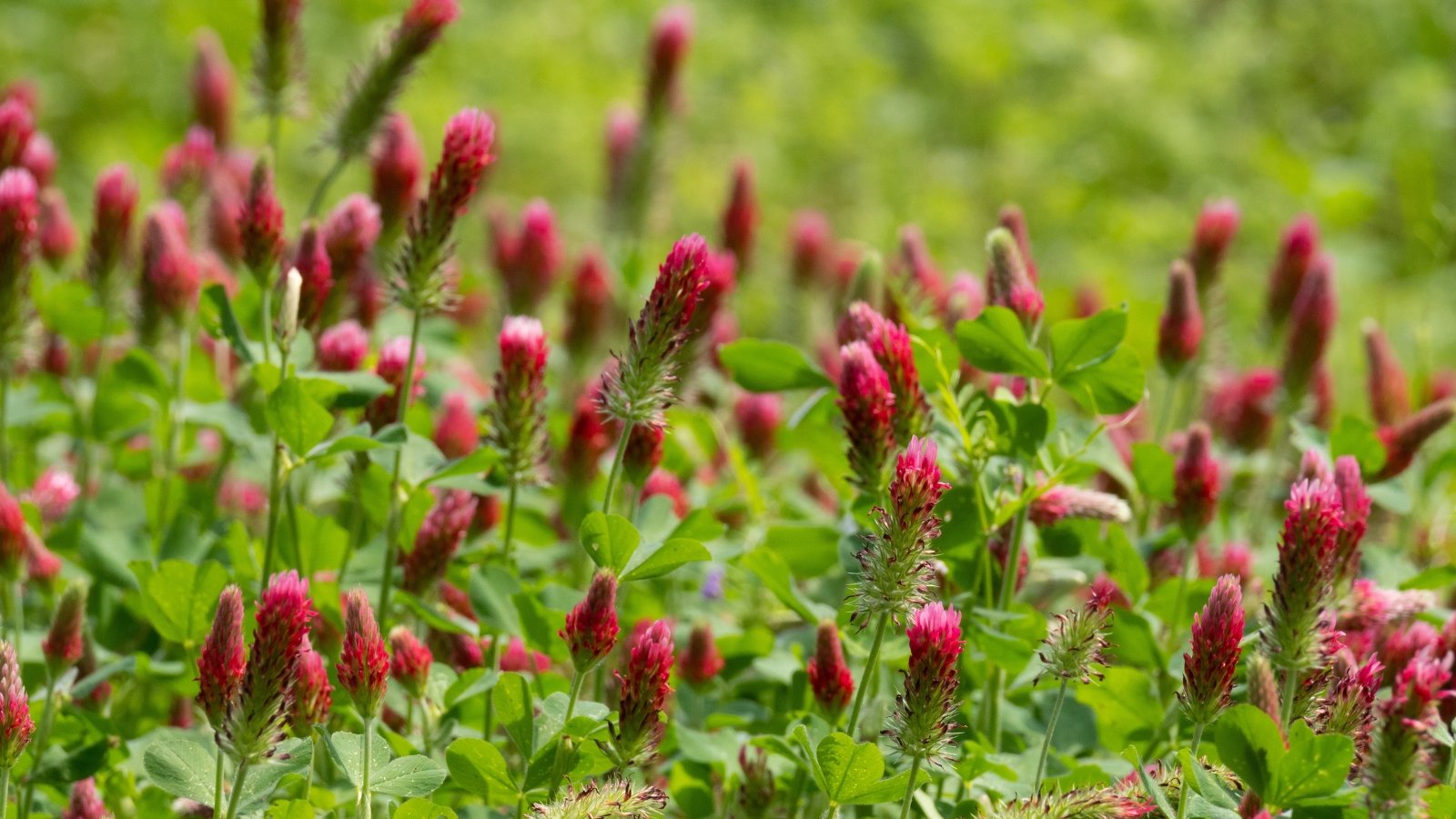 Plant cover crops from seed to improve your soil.
Plant cover crops from seed to improve your soil. If you plan on leaving beds empty this season, let cover crops work for the site while it rests. Cover crops improve soils, suppress weeds, and attract beneficial insects.
Fall-planted grasses and legumes work with microorganisms to protect and enrich soils between primary crop-growing phases. Use them in raised beds to improve the soil during quiet times.
Opt for cold-hardy selections like crimson clover and hairy vetch in zones 6 and 7, but remember to avoid invasive species. Plant them in early fall for growth before a winter killing frost. Leave them where they lie after freezing to become natural mulch and organic enrichment. Plant directly beneath the cover in spring or incorporate them into the soil.
When cover crops flower, cut them back before they go to seed to prevent them from spreading and becoming weedy. Leave the cut material in place as organic matter for the soil, or add it to the compost pile.
If you missed the sowing timeframe before freezing conditions in your zone, opt for mulch, like leaf litter or leaf mold, to nourish empty beds.
Annuals
 Several annuals flower prolifically in fall for a pop of color.
Several annuals flower prolifically in fall for a pop of color. Enjoy autumnal displays this month of cold-hardy annuals like violas, pansies, snapdragons, and ornamental kale and cabbage. Pair them with pumpkins and other gourds and the last round of blooming perennials like aster, goldenrod, and rudbeckia.
Cold-hardy annuals are frost-tolerant and lengthen the bloom display in fall. Often cold hardy to 20°F (-7°C) or colder, with protection, the favorites add weeks of color in zones 6 and 7. In zone 8, they can flower all winter and into spring.
They bring an infusion of color to the quiet landscape in transitional seasons, and supply pollen and nectar for pollinators when many other plants aren’t in flower.
Plant Trees
 Fall temperatures allow tree roots to settle well.
Fall temperatures allow tree roots to settle well. Fall is for planting, and October gardening in zones 6-8 is a prime time to plant trees, including natives. Trees offer ecosystem services like wildlife support, stormwater management, and soil stabilization. They provide cooling shade to insulate our homes and lower utility costs, and they’re beautiful, structural additions with multi-season appeal.
Planting trees in the fall allows roots to develop and settle in before winter. With cooling temperatures and seasonal moisture, plants direct energy to root growth. Harnessing seasonal resources for study roots increases winter survivability and robust reemergence.
Hardy selections to our growing zone survive the winter and the heat in zones 6 through 8. Situate them in the appropriate sun exposure and soil type for their best growth, and water through frost for turgid roots and stems heading into frost.
Sow Perennial Seeds
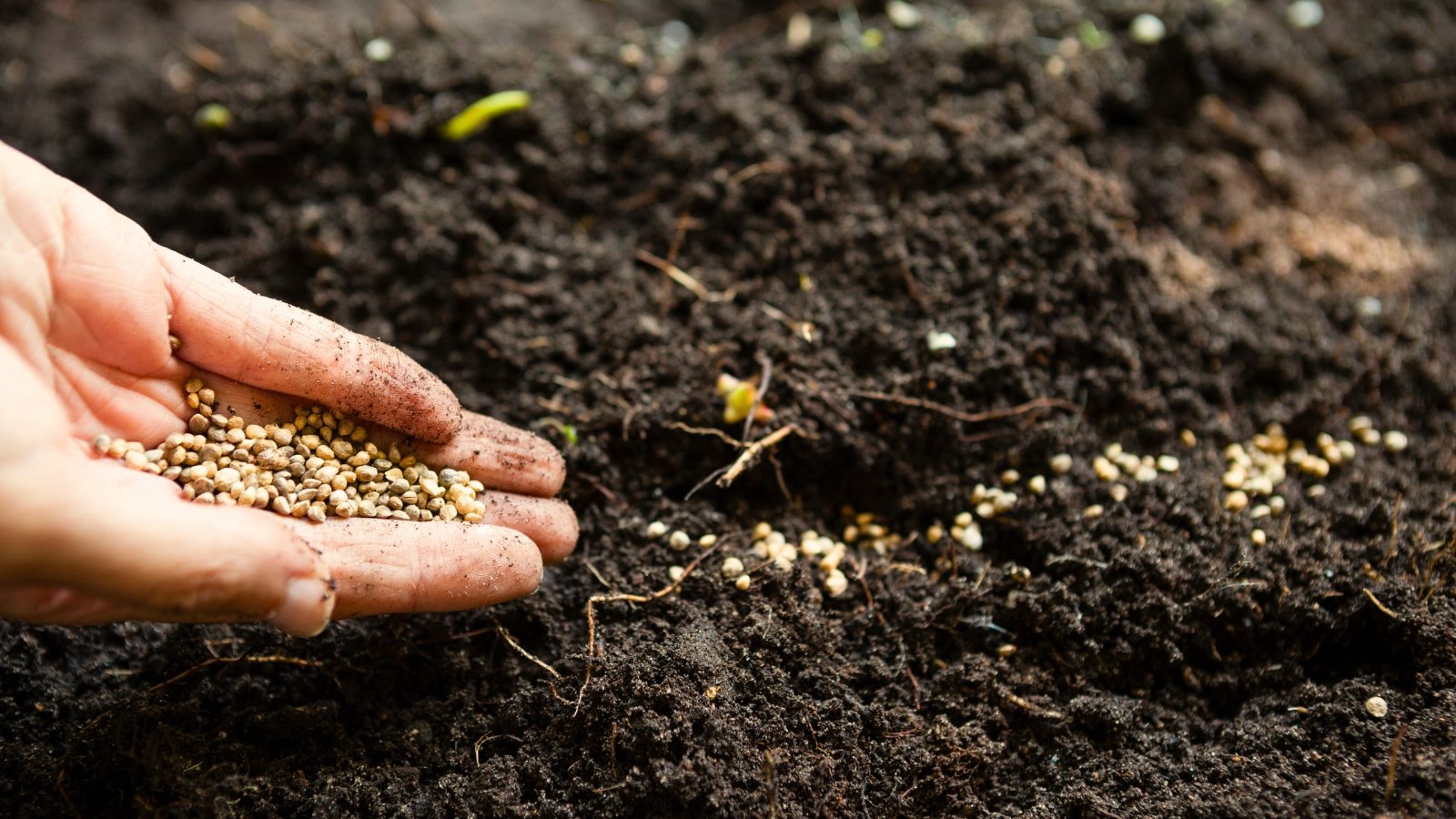 Pick seeds that require cold stratification to sow outdoors now.
Pick seeds that require cold stratification to sow outdoors now. October is a time to plant and divide perennials ahead of frost in the warmer areas of zones 7 and 8. It’s also ideal for collecting seeds in zones 6 through 8, and for direct sowing many perennials. Many of our favorites, including natives, benefit from lengthy chill periods for springtime germination.
Cold stratification is a chill time for seeds in temperatures near 35 to 40°F (2 to 4°C). Temperature and length requirements vary by species.
Cold stratification triggers seeds in internal dormancy, where interior tissues need exposure to moist freeze and thaw conditions to sprout. Cold temperatures for a sustained period of time, followed by spring’s warmth, initiate germination.
Wait until cold conditions late in the month to sow in zones 6 and 7, and later in zone 8. The aim is to prevent early germination and winter damage to seedlings. Look to perennials whose seeds naturally dry and drop now as cues for direct sowing.
Cutback and Bed Cleanup
 Tidy up where needed to reduce disease risk.
Tidy up where needed to reduce disease risk. After a few frosts, some perennials are ready for cutback. Others are better left standing throughout dormancy. Those that benefit from cutback include any prone to fungal problems that may overwinter in damp conditions near the crowns (hostas, beebalm, garden phlox).
Perennials to leave standing include those with hollow stems for pollinator nesting or seeds for bird and wildlife forage. Some are best left intact as extra winter insulation. October and November bring dormancy in zones 6 to 8.
In each zone, a clean sweep of debris in beds promotes healthy overwintering. Dropped material harbors pests and diseases, even through the winter. Removing fallen leaves and petals around plants improves growing conditions for the following season.
Cool-season weeds may crop up as warm-season ones fade. They compete with our garden selections for resources like nutrients, moisture, and sunlight, and also host pests and diseases over the winter.
Install Spring-Flowering Bulbs
 For spring flowers, bulbs should be planted in fall.
For spring flowers, bulbs should be planted in fall. October is ideal for planting spring-flowering bulbs in zones 6 and 7. In zone 8, November usually brings the best timing. Bulb planting can extend into winter, as long as oils are workable and there’s ample chill time for those that need it.
Plant bulbs like daffodils, snowdrops, tulips, and hyacinths when soil temperatures begin to cool and nighttime temperatures are in the 40s and 50s (around 4 to 13°C).
Whether planting spring-flowering bulbs in the ground, in containers, or to “force” them for indoor flowering, October is prime time for many areas. The warm start gives roots time to develop before frozen soils. The cool temperatures that follow allow a necessary chill period.
Many bulbs require cold exposure for two to three months to grow and flower.
Seed Patchy Lawn Areas
 Sprinkle extra grass seed in patchy spots and water well.
Sprinkle extra grass seed in patchy spots and water well. Lawn care continues in October with regular mowing to three inches high as grass prepares to overwinter. As growth slows late in the month, so can the mowing regimen.
The best time of year to plant grass seed extends into mid-October for cool-season types as the final window before frost. In zone 6, sow cool-season selections in optimal soil temperatures between 50 and 60°F (10 to 16°C). Gauge your area’s first anticipated frost date, and sow grass seed to fill in bare spots at least 45 days before.
For warm-season grass types in zones 7 and 8, you may stretch the window for grass seed and sod into early October. Warm-season grasses rely on warm conditions to germinate, with ideal soil temperatures between 65 and 70°F (18 to 21°C).
Protect Potted Specimens
 Potted plants are more exposed to temperature drops.
Potted plants are more exposed to temperature drops. If you plan to leave potted specimens outside over the winter, offer some extra winter protection. Zone 8 can get away with frost cloth or burlap covers during frosty conditions, but potted plants in zones 6 and 7 need additional insulation.
Potted selections face greater exposure to cold air temperatures than their in-ground counterparts, which have the benefit of surrounding soil mass. A good rule of thumb is to leave potted plants that are hardy to at least two zones lower than your growing zone (a zone 7 gardener could opt to leave a perennial hardy to zone 5 outside in a pot). They need to be extra hardy to survive winter conditions in container culture.
There are several ways to overwinter perennials in pots and containers. Move them to an unheated, sheltered space like a garage, shed, or basement for protection. Or, cluster them and insulate them with a layer of leaves or leaf bags to regulate temperature and protect against frost heaving.
Plan to bring tropicals and houseplants back indoors before temperatures dip below the mid-40s. Water well before making the transition, and then reduce watering sessions for the cool months as active growth slows. Hold off on any fertilizing until spring, when active growth begins.
Water Through Frost
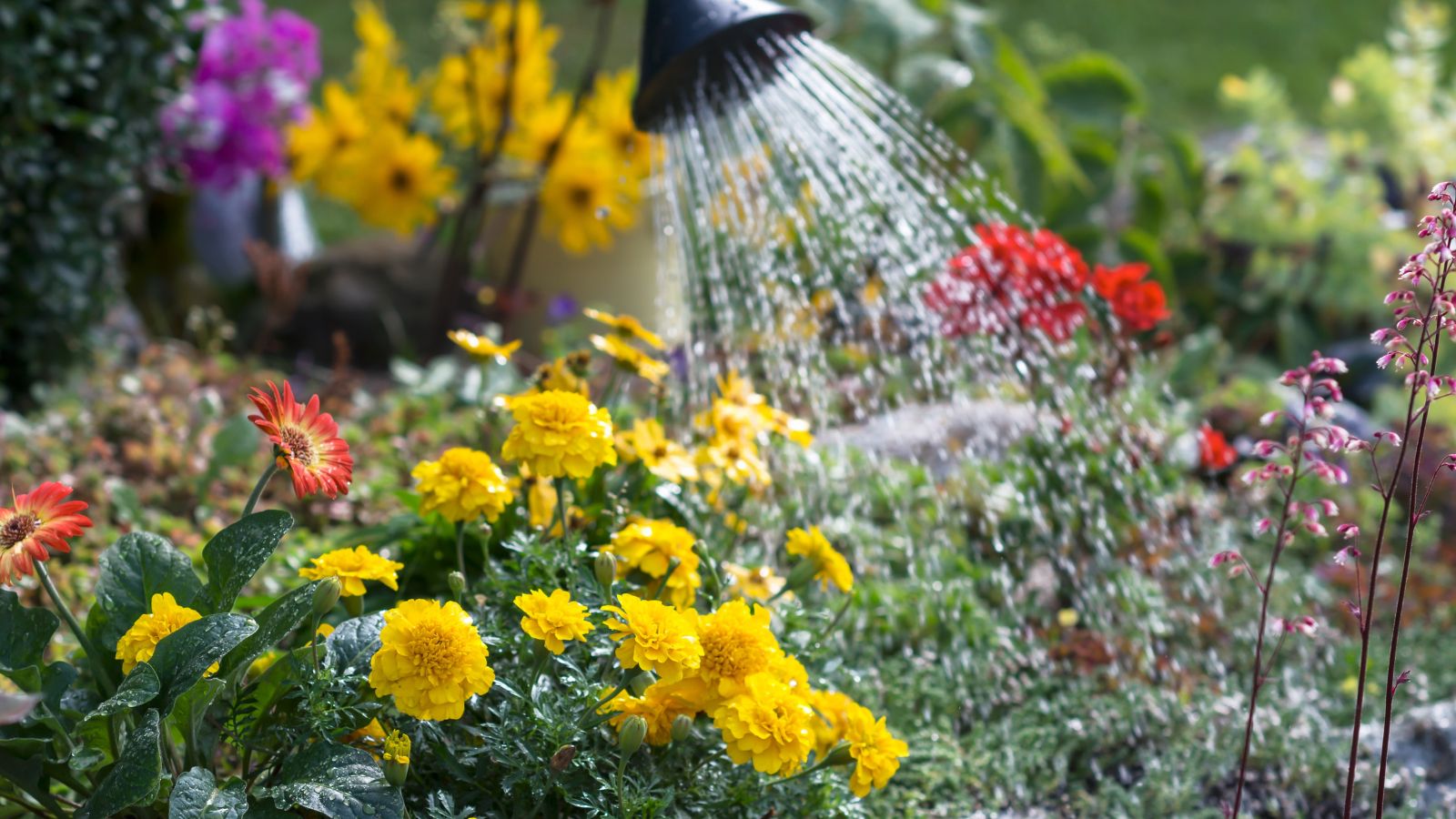 Don’t forget to water until the ground freezes.
Don’t forget to water until the ground freezes. From the lawn to pots to vegetable beds and ornamentals, continue watering until heavy frost. Seasonal moisture in October is often sufficient, depending on the climate, with supplemental irrigation during dry spells.
Plants absorb water as they continue to grow in moderate conditions until the ground freezes. And, dry soils freeze more quickly than moist ones. Take care to avoid oversaturation, which can cause funal problems this time of year.
Plants that enter winter dormancy (deciduous shrubs like hydrangeas and herbaceous perennials) rely on moisture leading into winter. Evergreens like boxwoods, hollies, and conifers need it to support foliage and roots and prevent winter browning. Hearty, turgid roots mean less stress entering the cool season and are the foundation for successful overwintering.
Utilize Fall’s Leaf Drop
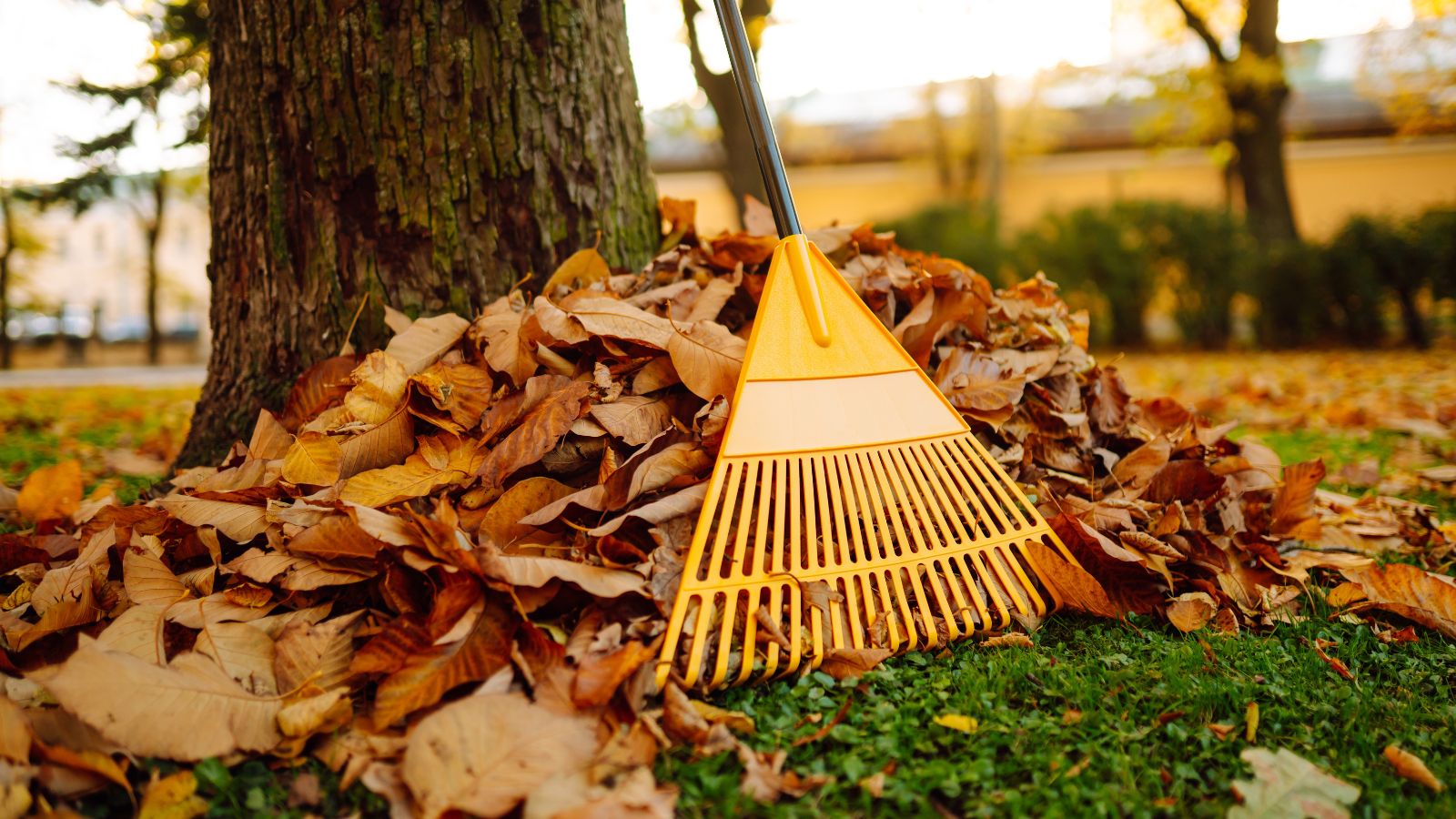 Turn fallen leaves into a valuable mulch.
Turn fallen leaves into a valuable mulch. Mulching in October with compost, bark chips, or clean straw protects against fluctuating extremes and icy situations to come. It helps protect roots during frost heaving when soils naturally freeze and thaw due to temperature and moisture changes.
Fall leaves are a ready mulch resource with long-term benefits. They provide a natural mulch and break down to nourish soils. They also shelter pollinators and other creatures that use them to nest, lay eggs, and overwinter.
To use leaves as mulch, place them as a natural cover across beds, or pile them to create leaf mold. Leave them where they drop or lightly rake whole leaves into beds to add insulation for roots as temperatures drop. Keep the layer off the stems to prevent fungal problems and maintain air circulation.


 10 hours ago
4
10 hours ago
4

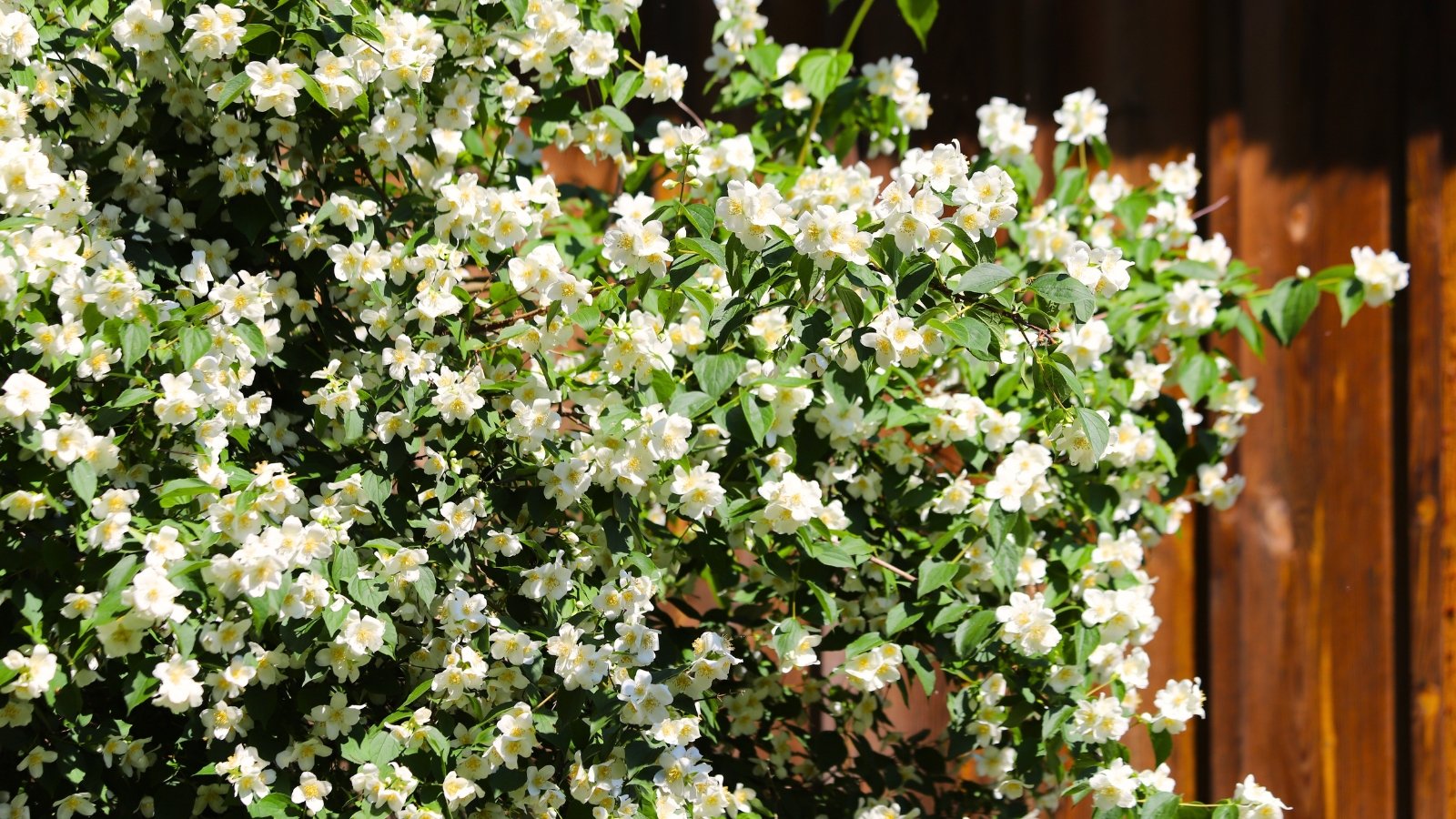
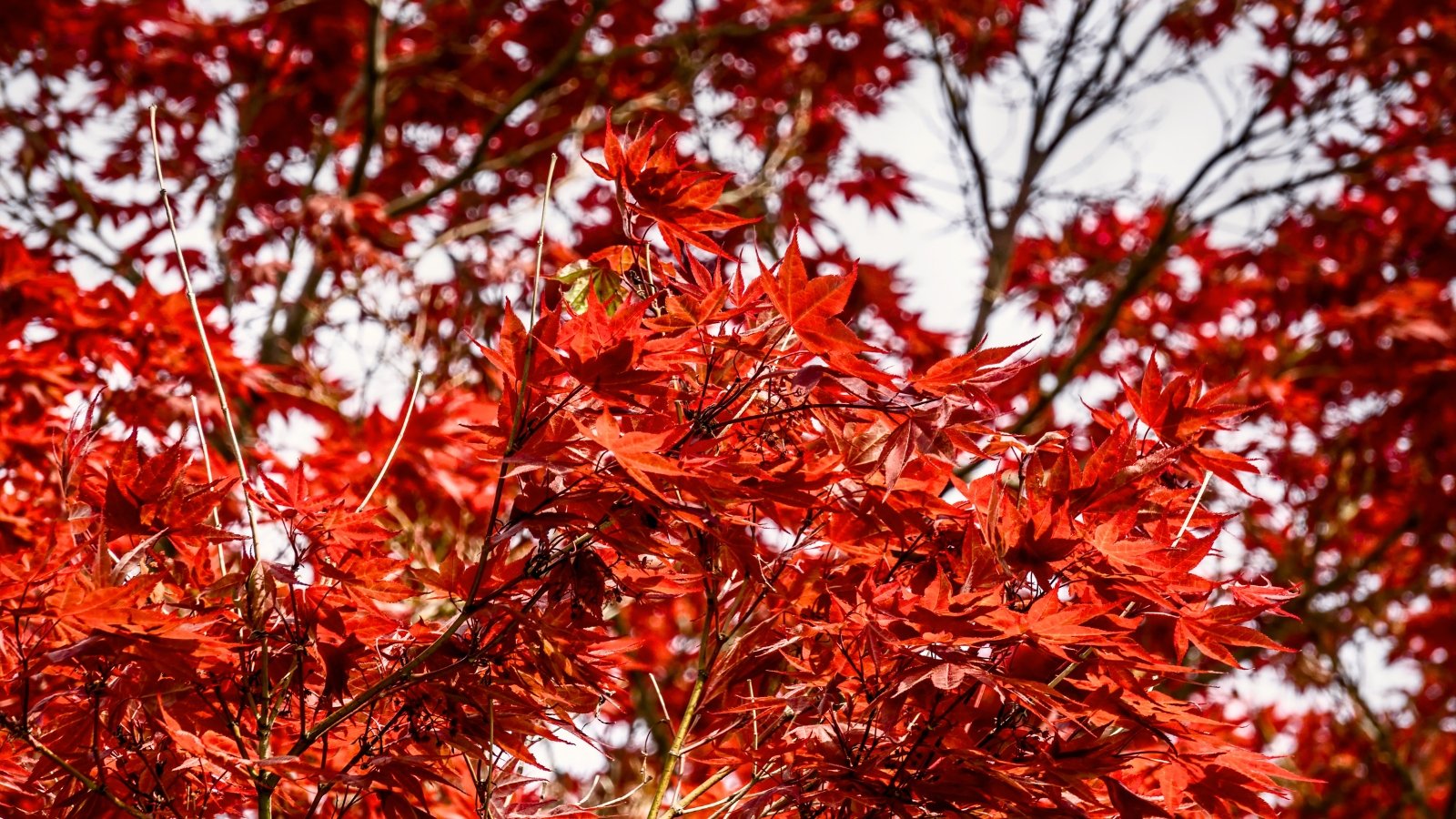
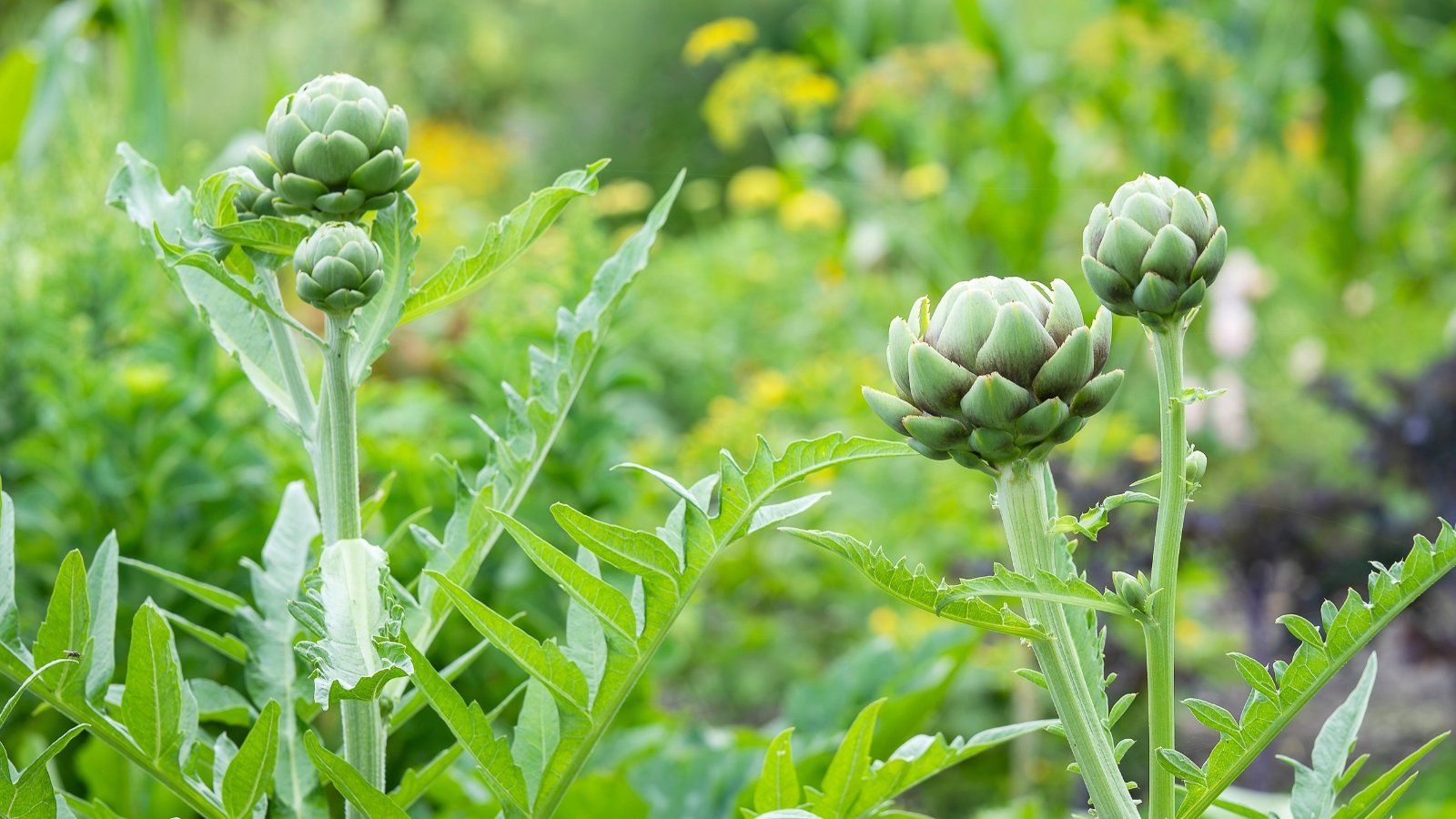
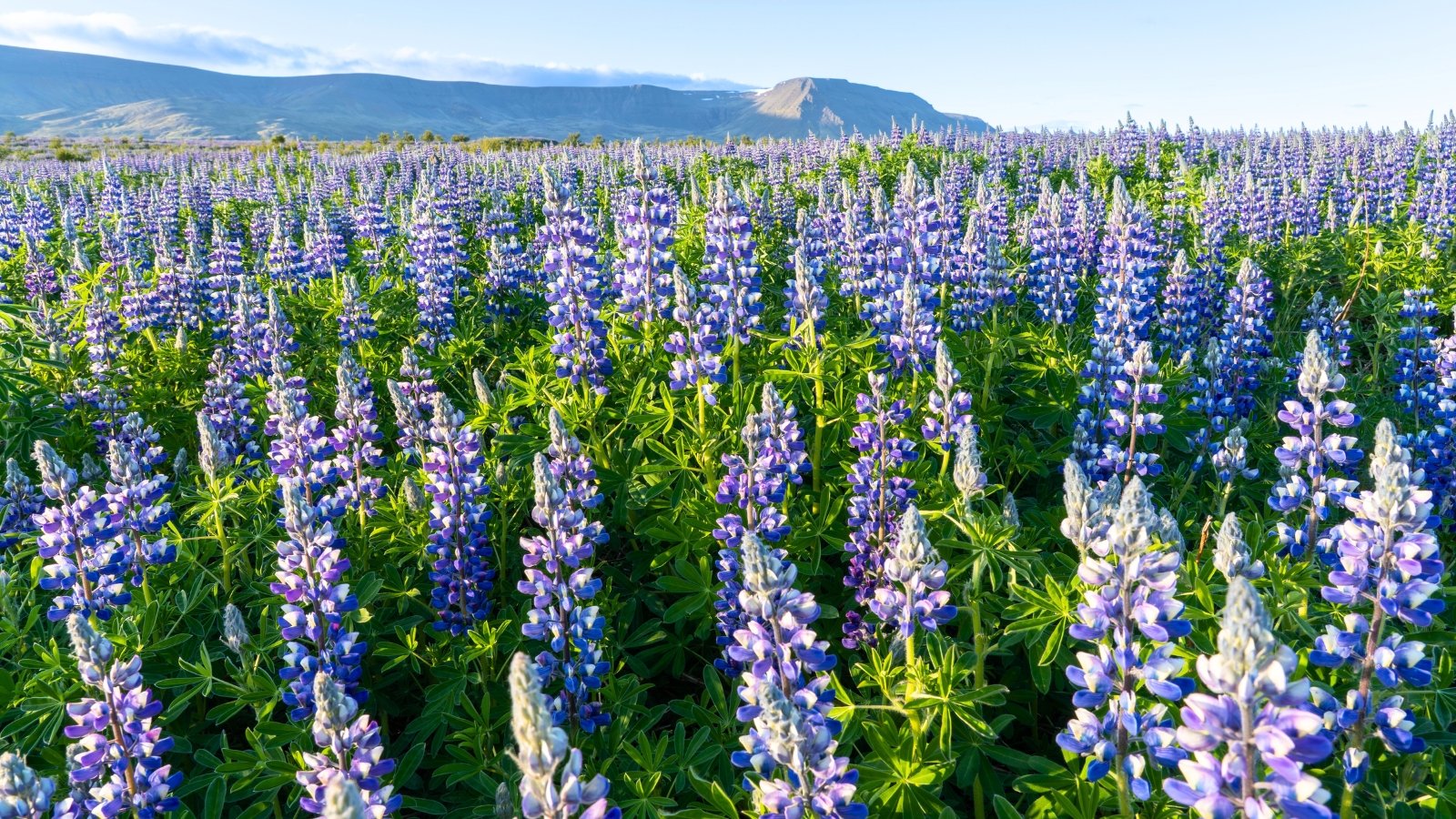
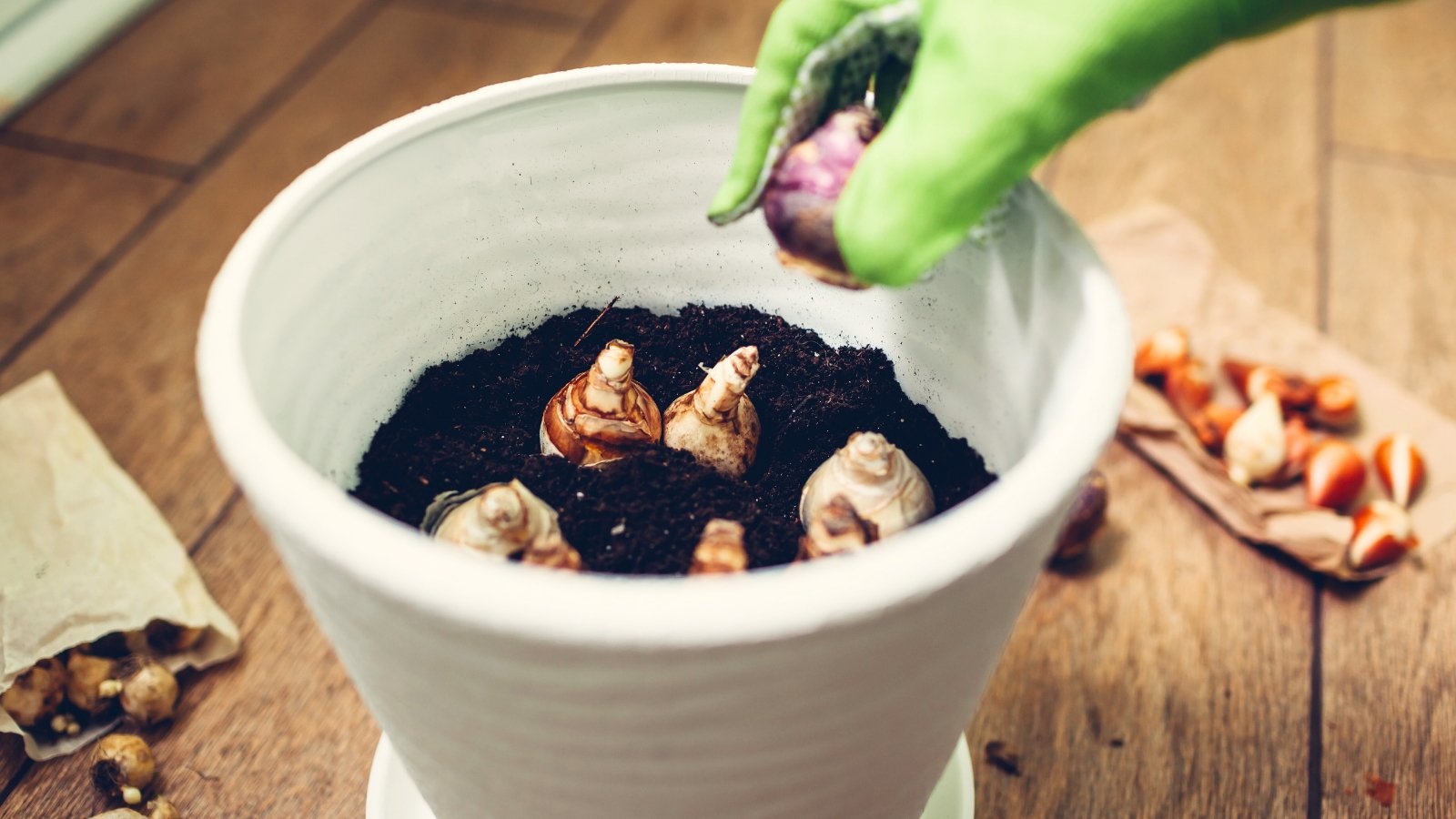















 English (US) ·
English (US) ·  French (CA) ·
French (CA) ·